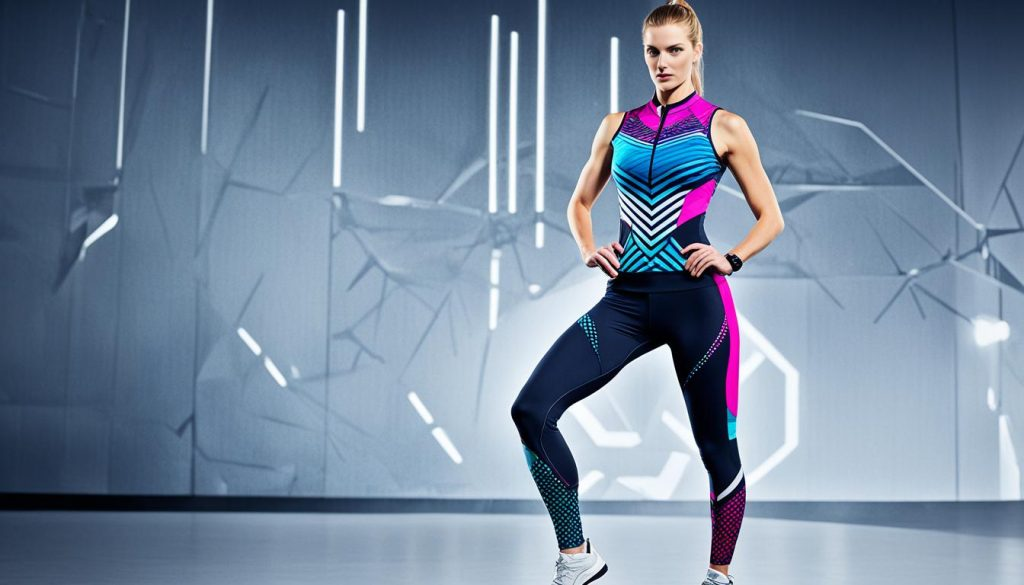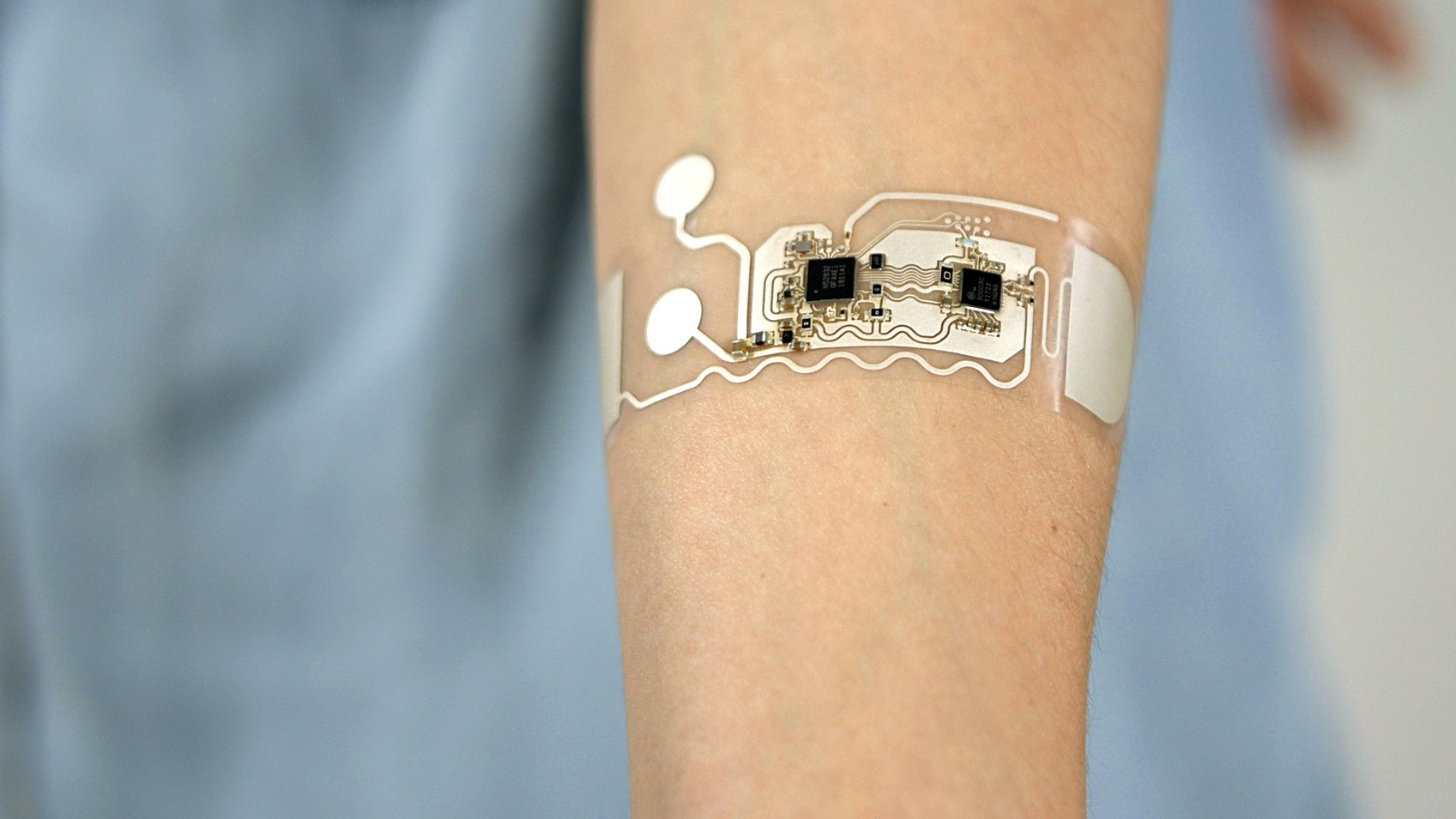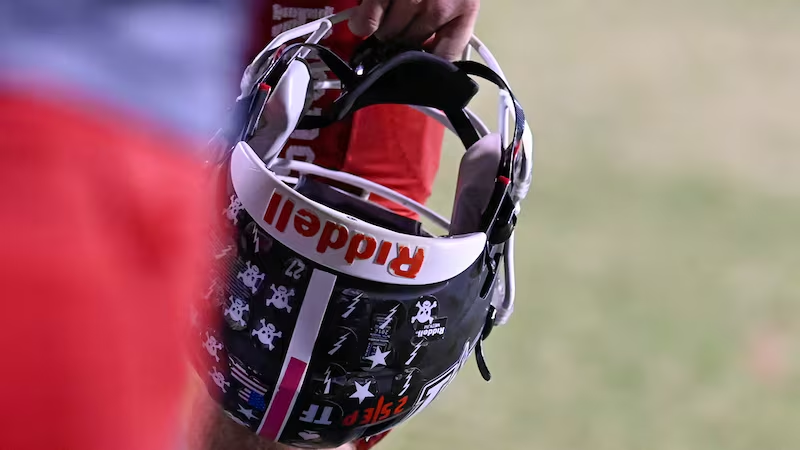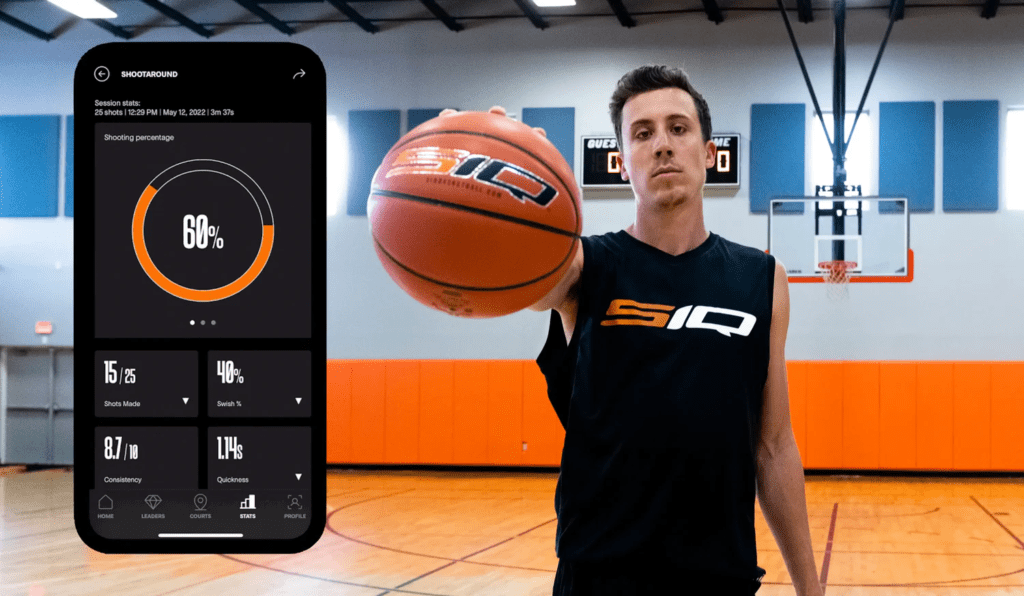In the rapidly evolving world of sport, the latest innovations are not just about raw power—they’re about intelligence. Modern athletic equipment is increasingly integrating AI-driven sensors and smart fabrics that provide real-time biometric feedback. For instance, researchers recently developed sportswear with graphene-based strain sensors that monitor breath-force coordination and muscle activation, achieving an impressive 92.3% accuracy in motion classification. These breakthrough designs enable athletes to fine-tune their form during training, which helps prevent injuries and optimise performance.
Another key trend is the use of immersive technologies such as virtual reality (VR) to elevate training quality. In one compelling study, tennis players used sensors on their dominant hand to capture swing metrics which were then visualised in a VR environment. This method not only improves spatial awareness and consistency but also keeps athletes deeply engaged — leveraging cognitive and physical feedback loops to reinforce better technique.
From a credibility standpoint, these innovations are backed by peer-reviewed research and real-world applications. Leading sports science outlets highlight the rising role of AI and biomechanics in gear design, while smart fabrics and sensor-equipped equipment are now commonly integrated across elite-level training. As these technologies become more accessible, they’re reshaping how both amateur and professional athletes train — making every movement smarter, safer, and more effective.






